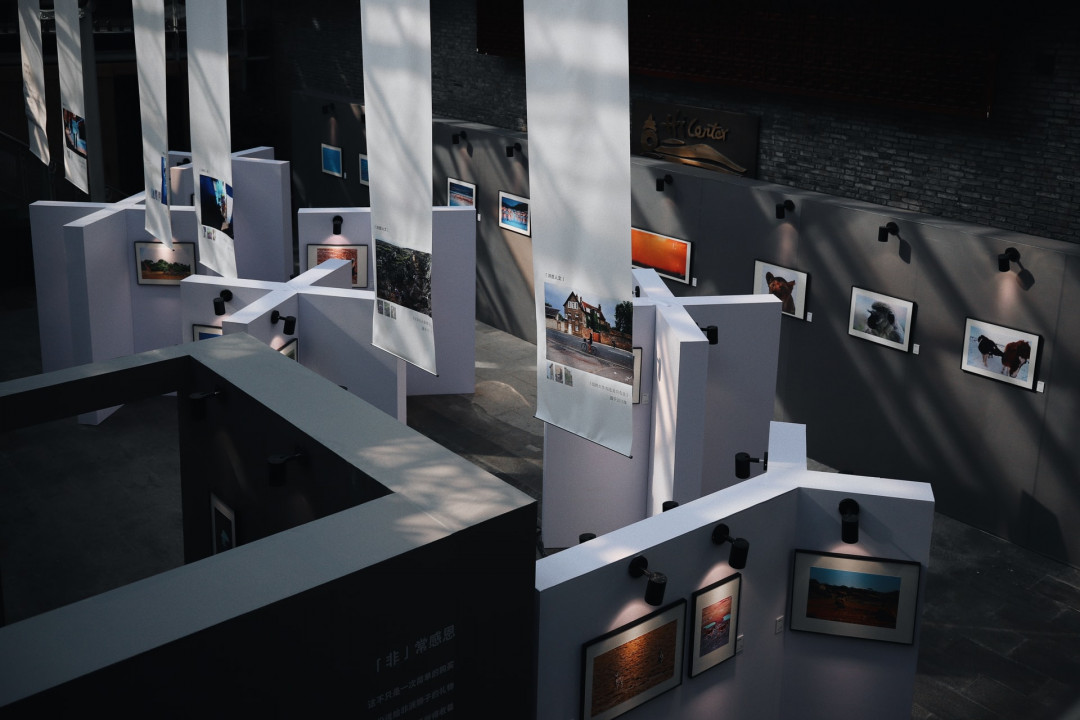
Author: Kalina Todorova
Have you ever wondered what the path of an art piece is? What are the steps to turn a work from an idea or a concept into a real project? The answer is, not only the artist himself, but also a dedicated, inspired curator.
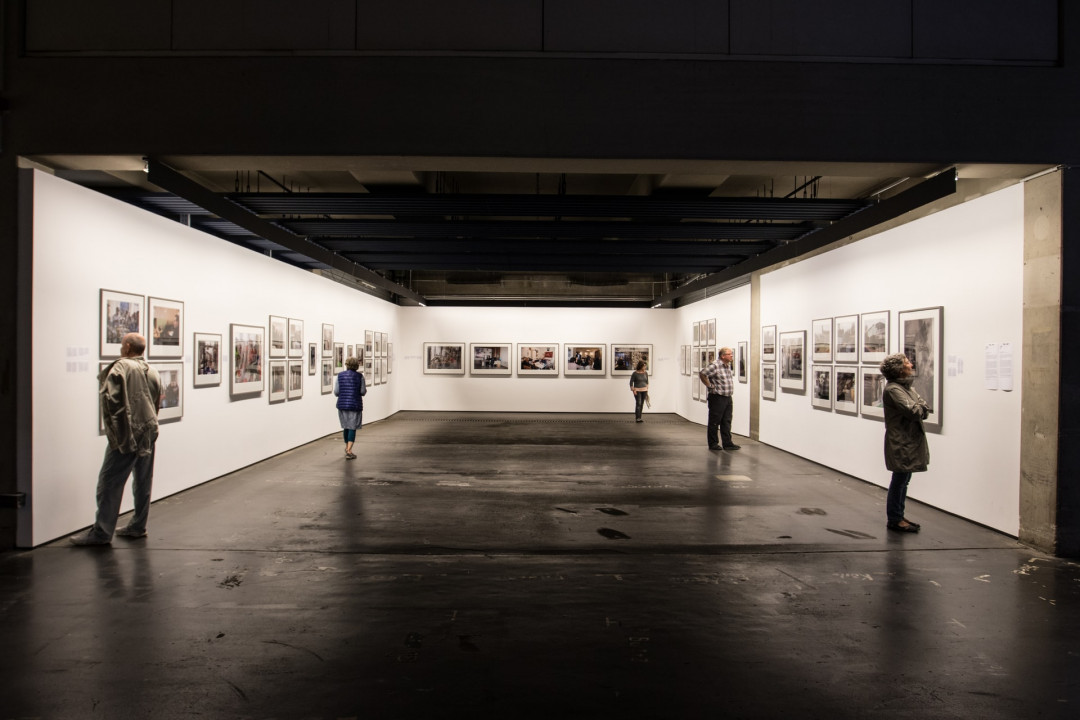
Last year I witnessed quite shocking and at the same time funny situation. A young girl decided to try and find a job at the labor office. When she tried to explain her situation, the employee asks her: "What position are you looking for?", The girl answered: "I work with contemporary art and have worked as a critic, curator and manager. And now I would also like to work in the field of curatorship”. There was silence, a confused look, undisguised indignation, and finally the question: "What is this? We have vacancies for machine operators in a factory, if you are interested”.
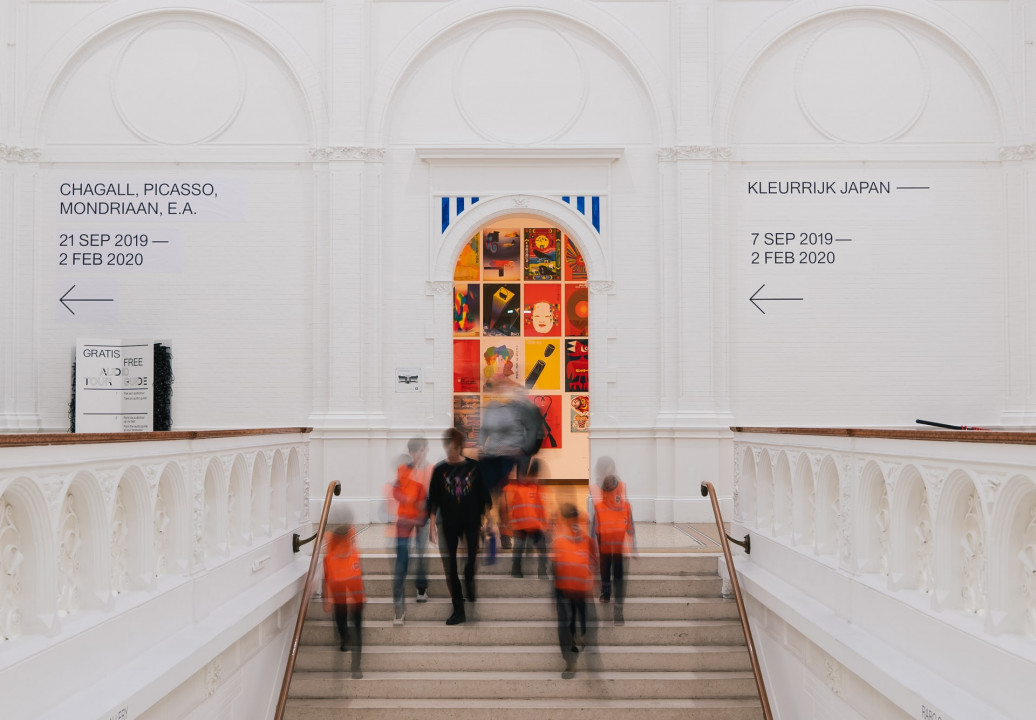
This answer, in addition to laughter that followed, arouses great disappointment, because it contains a deep-rooted problem in the Bulgarian cultural and artistic space. The truth is that this is one of the career paths that is still struggling with a certain amount of prejudice. It is also eloquent that even in the institution, which should be familiar at least with the various career paths, they have not heard of this profession.
One of the reasons for this is that the word itself is foreign. It comes from the English verb “curating”, denoting the arranging and presentation of some kind of information in a certain way. The deeper roots of the word are in the Latin ‘curare’ - care. In this sense, the curator takes care not only of the works themselves in an exhibition, but also of the communication between the author and the audience, between the institution and society, between the historical and the current artistic view.
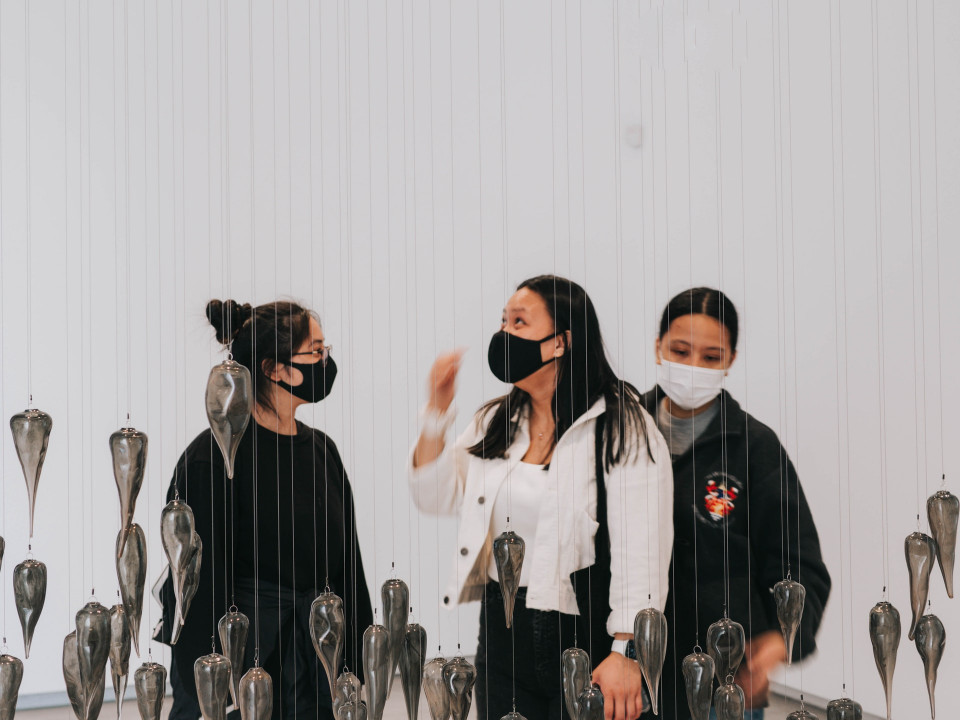
In Bulgaria, the equivalent of a curator is considered to be the „organiser” of a museum or a gallery. However, there is a huge difference between the two concepts. The role of the curator, judging by the nature of the work he performs, includes much more than just presenting a collection or exhibition in a cultural institution. Unlike the organiser, the curator can work in different places, with different organisations and groups, and deal with many different aspects of a project.
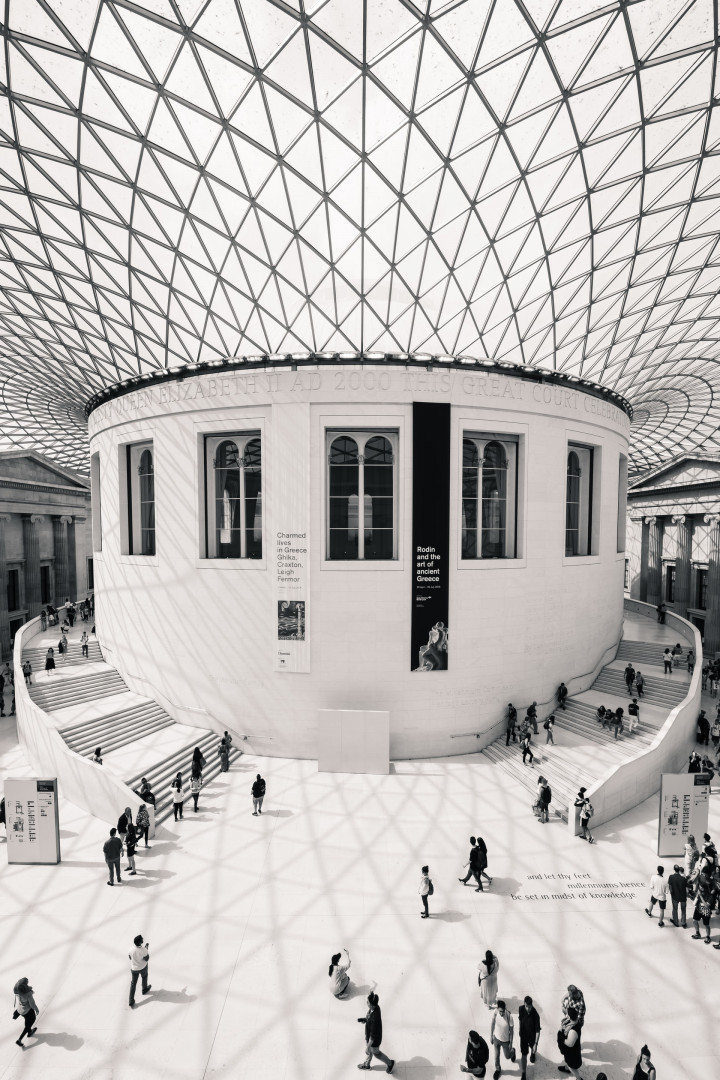
The job of the curator includes in itself the organiser, the critic, the archivist, the researcher, and the administrator. Sometimes it even plays a significant part in the creative process. His role is to build a multi-layered discussion between artists, audiences, institutions and history - a difficult task that requires both organizational skills and a significant amount of imagination and creativity.
The word first appeared in Bulgaria in the early 90's. Then, however, the term still sounded unfamiliar in cultural circles and even mockingly. By the end of the decade, however, there had been a significant change in attitudes, with many practicing artists and curators beginning to make significant changes in the field. Referring to European and world models, they influence the development of both curatorial practices in the country and contemporary art itself.
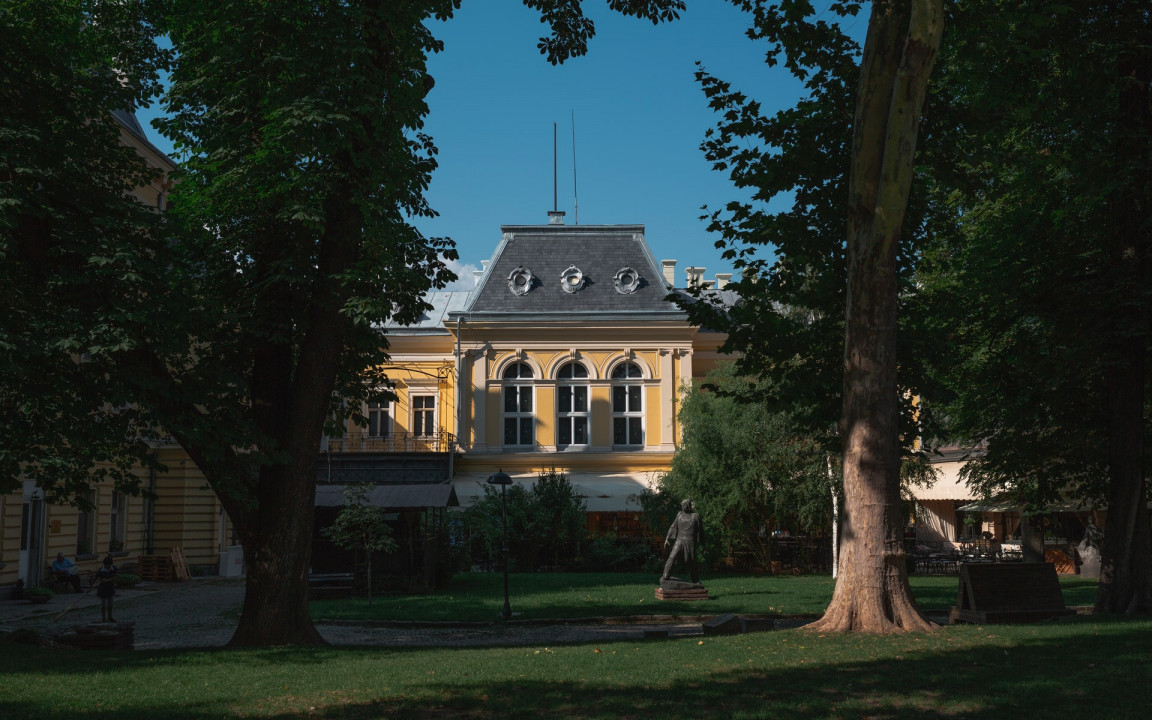
One of the first to try and push these models was Yara Bubnova (the current director of the National Gallery), who in 1994. organized the first curated exhibition in Plovdiv, following the logic of the European practice of ‘freelance curettage’. For the project, she remembers having to contact the directors of the museum houses, negotiate with the mayor of the Old Town, shape the concept, invite the artists and even find funding for the exhibition. In this sense, the curator is not just a person performing a specific position, but a whole independently functioning, mobile institution.
Ultimately, he (more often ‘she’) appears in the cultural space as the mediator between the artist and his audience, between the world of individual creativity and the general experience. Its task is to form the context of a work, exhibition or project so that the meaningful ideas can be fully developed and reach the viewer. The curator plays the most important role in the communication chain and yet his work remains hidden, 'behind the curtains'.
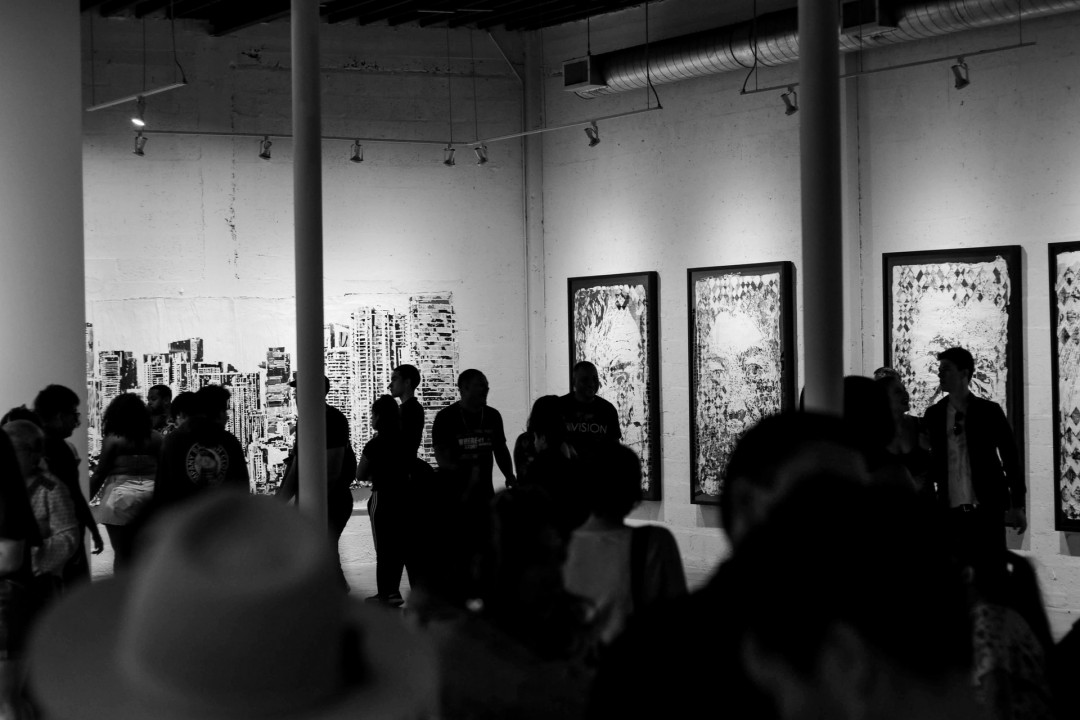
The next time you visit a gallery, museum or festival, take a moment to look at the positioning of the exhibition in space and the invisible direction of your visit within it. Undoubtedly, you will feel the traces of the curator, who not only provided and arranged the artistic context, but also created the concept, bringing life to the works themselves.